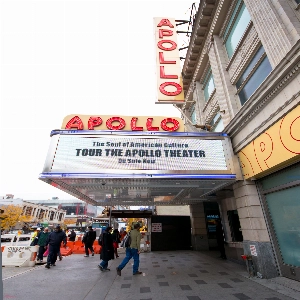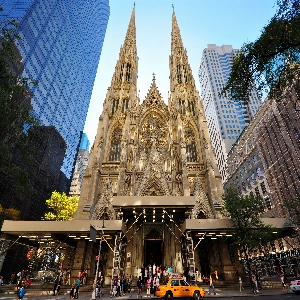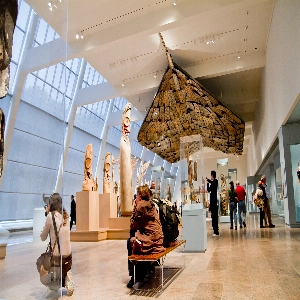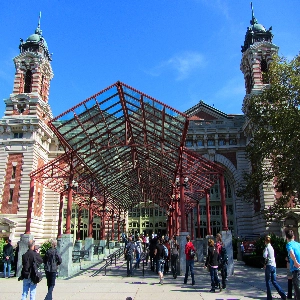American Museum Of Natural History
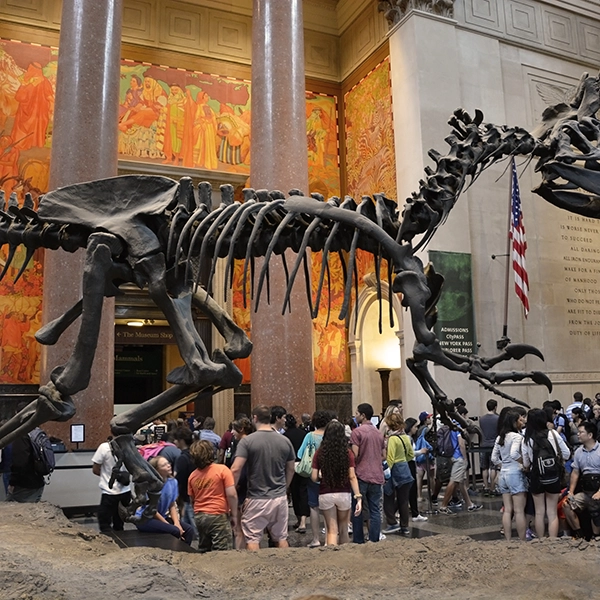
Introduction
The American Museum of Natural History (AMNH) is one of the world's premier institutions for learning about and exploring the natural world. Founded in 1869 and located in New York City, the museum is home to an extensive collection of exhibits and research facilities that cover a wide range of scientific disciplines, including anthropology, astronomy, biology, geology, and paleontology. Its vast and diverse collections include over 34 million artifacts, specimens, and cultural artifacts, making it one of the largest and most comprehensive museums of its kind. With its mission to "discover, interpret, and disseminate information about the natural world," AMNH has captivated and educated generations of visitors, researchers, and scientists.
Exhibitions and Galleries
The American Museum of Natural History has a multitude of permanent and temporary exhibitions designed to provide visitors with a comprehensive view of the natural world. These exhibitions are spread across the museum's 45 permanent exhibition halls, covering a broad range of topics and disciplines.
Dinosaur and Fossil Exhibits
One of the most popular attractions at the AMNH is its dinosaur and fossil exhibits. The museum's vertebrate paleontology department is one of the largest of its kind in the world and houses one of the most extensive collections of dinosaur fossils. Visitors can explore the history of these ancient creatures through mounted skeletons, interactive displays, and 3D models that bring the dinosaurs to life. Some notable specimens include the Tyrannosaurus rex, the Apatosaurus, and the Triceratops. In addition to these prehistoric giants, the museum also features a vast collection of fossil mammals, including mammoths, saber-toothed cats, and giant ground sloths.
Human Origins and Cultural Halls
The human origins and cultural halls delve into the history, diversity, and unique cultures of human societies throughout time. The Anne and Bernard Spitzer Hall of Human Origins presents the fascinating story of human evolution, from our earliest ancestors to modern Homo sapiens. With over 200 casts of hominid fossils, visitors can trace our shared heritage and understand the traits that make us uniquely human. Also, the cultural halls showcase the rich traditions, artistry, and adaptations of indigenous peoples worldwide, including Native Americans, African tribes, and Pacific Islanders.
Space and Earth Science Exhibits
Beyond our planet's history, the museum explores the broader context of our universe through exhibits on space, astronomy, and earth sciences. The Hayden Planetarium within the Rose Center for Earth and Space is an awe-inspiring destination where visitors can journey through outer space and explore the vastness of our universe. The planetarium's state-of-the-art technology and immersive multimedia presentations offer an unparalleled cosmic experience. Other earth and space exhibits include the Arthur Ross Hall of Meteorites, the Gottesman Hall of Planet Earth, and the Cullman Hall of the Universe, which explore topics such as the solar system, meteorites, and the dynamic processes that shape our planet.
Biodiversity and Environmental Halls
The biodiversity and environmental halls at AMNH focus on the vast network of life on Earth and the intricate relationships between organisms and their environments. By examining diverse ecosystems and understanding conservation efforts, visitors can appreciate the delicate balance of our natural world. Highlights include the Hall of Biodiversity, featuring the spectacular Spectrum of Life exhibit, which showcases the Earth's biodiversity through a 100-foot-long installation of over 1,500 specimens representing various ecosystems. The museum also features exhibits on the world's great forests, ocean life, and African wildlife.
Scientific Research and Education
In addition to its exhibitions, the American Museum of Natural History plays a vital role in scientific research and education. The museum's scientific staff and research associates work on various projects worldwide, ranging from uncovering new dinosaur species in the Gobi Desert to documenting biodiversity in the Amazon rainforest. The museum also houses comprehensive archives and libraries that are essential resources for researchers and scholars.
The AMNH is committed to nurturing a new generation of scientists and conservationists through its educational programs. With its robust offering of workshops, lectures, and classes, the museum provides opportunities for students, teachers, and the general public to deepen their understanding of the natural world. Its programs include the Richard Gilder Graduate School, which offers a Ph.D. program in comparative biology and a Master of Arts in teaching, as well as a variety of youth initiatives aimed at inspiring young people to pursue careers in science.
Conclusion
The American Museum of Natural History is an iconic institution that plays a crucial role in the exploration, understanding, and preservation of our natural world. Be it exploring the stars, dissecting the nature of our own species, or diving into the deep mysteries of the Earth, the museum has ignited the passion of millions of visitors over the years, helping them appreciate the grandeur, complexity, and the fragile unity of life. The museum's combination of exhibitions, research, and educational initiatives ensures that it will continue to inspire and inform future generations about the wonders of the natural world.









